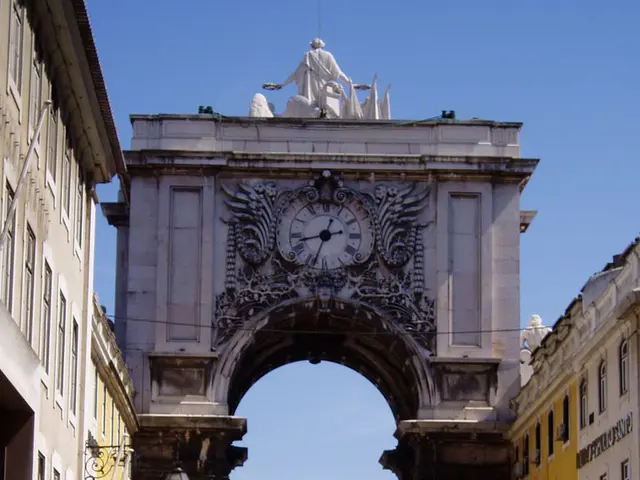Differences and Characteristics of Locusts and Grasshoppers: A Comparative Study of Their Habits and Features
==========================================================================================
In the vast expanse of nature, the humble grasshopper stands out as a crucial component of many ecosystems. Known for their distinctive striped patterns, these insects are a diverse group, spread across the globe.
One of the most recognisable species is the Two-striped grasshopper (Melanoplus bivittatus), with its striking black and yellow stripes. Another common North American resident is the Red-legged grasshopper (Melanoplus femurrubrum). The Differential grasshopper (Melanoplus differentialis) can also be found in fields and meadows worldwide.
Entomologists and neuroethologists, such as Paul Cohen, Stephen Rogers, and Eric Warrant, have dedicated their careers to studying the physiological and behavioural differences between locusts and grasshoppers. While both insects share similarities, grasshoppers maintain more consistent colouration compared to their swarming counterparts.
Contrary to popular belief, most grasshoppers do not swarm and instead remain solitary throughout their lives. This solitary nature makes them a reliable food source for birds, reptiles, and small mammals. Their primary diet consists of grasses and leaves, making them essential herbivores in their respective ecosystems.
Grasshoppers play a vital role in the food chain, serving as a crucial link between plants and larger predators. Their presence in various ecosystems underscores their importance in maintaining the delicate balance of nature.
In terms of reproduction, both female locusts and female grasshoppers lay their eggs in the soil. However, during their gregarious phase, locusts develop stronger wings suited for long-distance migration, a behaviour not exhibited by grasshoppers.
In conclusion, grasshoppers are more than just a leap in the park. They are fascinating creatures with unique characteristics that contribute significantly to the ecosystems they inhabit. Understanding these insects can provide valuable insights into the intricate web of life on our planet.








